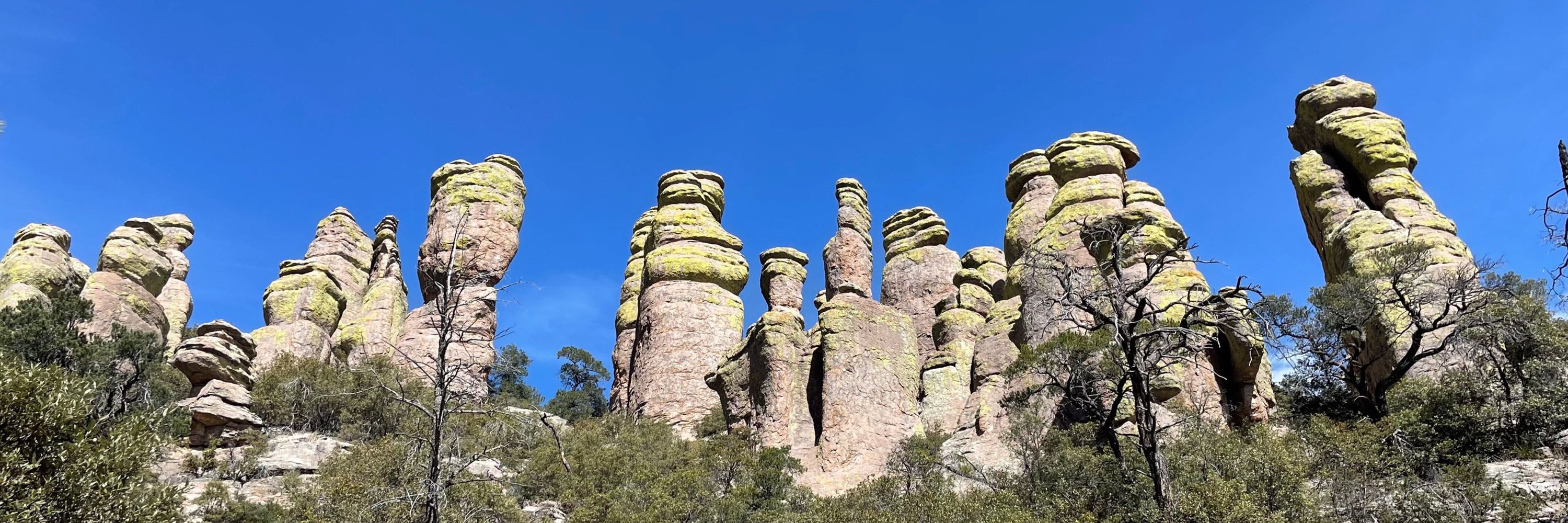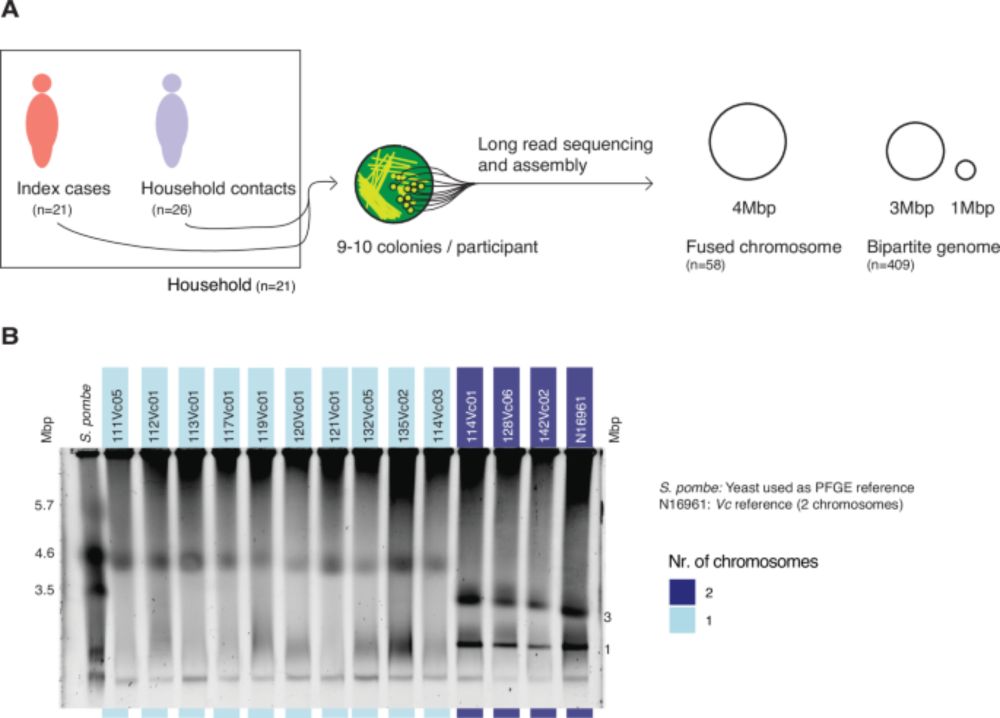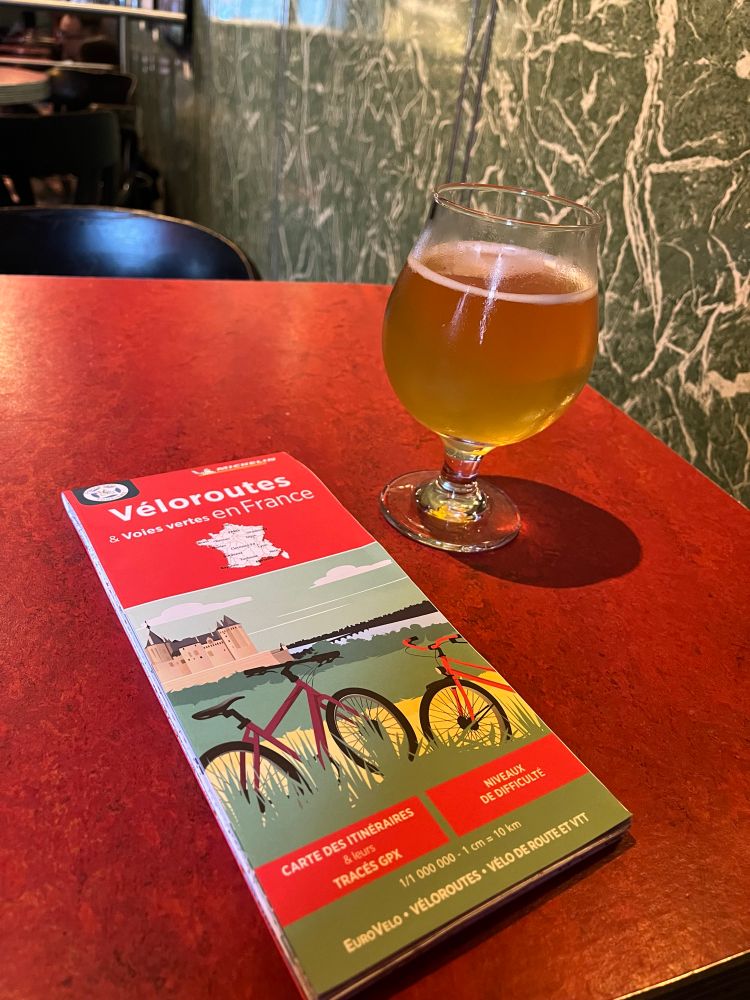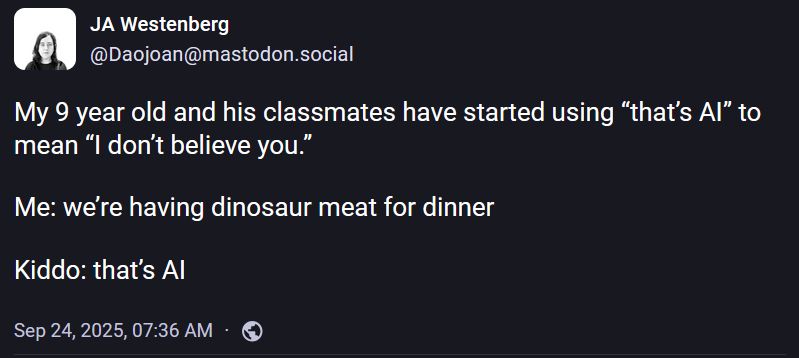Jesse Shapiro
@bjesseshapiro.bsky.social
1.7K followers
710 following
400 posts
Macrobe qui aime les microbes
http://www.shapirolab.ca/
Posts
Media
Videos
Starter Packs
Reposted by Jesse Shapiro
Reposted by Jesse Shapiro
Reposted by Jesse Shapiro
Reposted by Jesse Shapiro
Reposted by Jesse Shapiro
Reposted by Jesse Shapiro
Reposted by Jesse Shapiro
Reposted by Jesse Shapiro
Reposted by Jesse Shapiro
Reposted by Jesse Shapiro


















